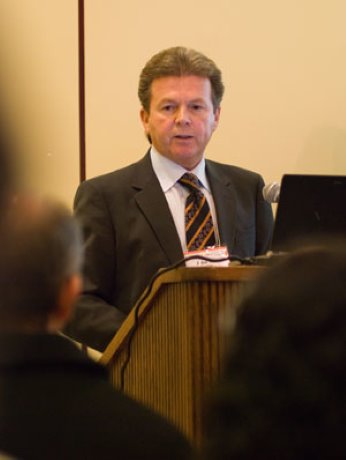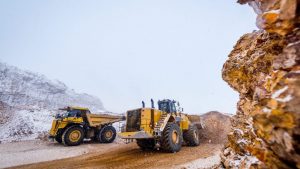The 20-year-old Exterior Insulation Finish Systems (EIFS) Council of Canada is poised to roll out a ground-breaking quality assurance program (QAP) in Ontario next spring, in advance of a national launch.
Industry standards
The 20-year-old Exterior Insulation Finish Systems (EIFS) Council of Canada is poised to roll out a ground-breaking quality assurance program (QAP) in Ontario next spring, in advance of a national launch.
Believed to be the first of its type in the exterior cladding sector in Canada, the multi-faceted program covers everything from design to installation — including contractor accreditation and certification of installers.
“We’re raising the bar, not only for EIFS but for the entire building cladding industry,” says council president John Garbin. “This is a very ambitious effort that has taken three to four years to develop.”
The 95-member council represents manufacturers, contractors, distributors, component suppliers and consultants in five provinces.
EIFS are products that integrate insulation and a stucco-like covering for cladding exterior walls.
Over the past 25 years, more than 4 billion square feet of the EIFS system has been installed in commercial and residential construction in North America. In Canada, 30 million square feet are installed annually.
The result of “hundreds of hours” of meetings, the quality assurance program will be administered on a day-to-day basis by the Winnipeg-headquartered Building Professionals Consortium.
That organization provided consulting services in the development of the EIFS program.
Garbin, an industry veteran who served as the council’s first chair, said the QAP will be similar in nature to that offered by such organizations as the Canadian Urethane Foam Contractors Association.
Introduction of the QAP was prompted in part by the increasing sophistication of EIFS systems, contractors’ enhanced scope of work and greater installation complexities, Garbin said.
“There’s a level of sophistication and [required]) knowledge that is well beyond what it was when we first started in the industry 30 years ago,” he said.
“Given that, we needed to assure ourselves and project owners that there was a program in place that got everybody up to the best possible level of understanding of how to properly design and specify EIFS and at the same time, install it.”











Recent Comments
comments for this post are closed